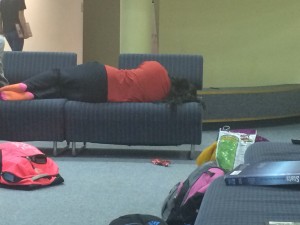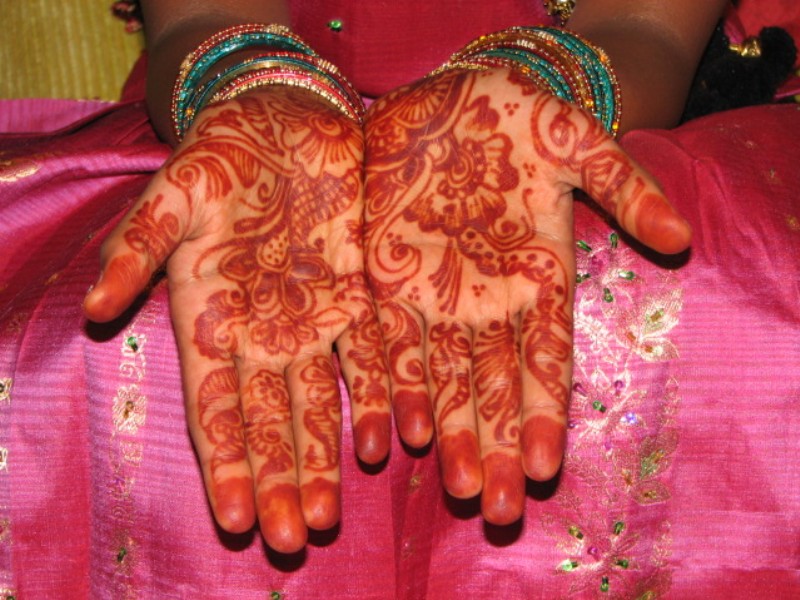As mentioned in one of our recent articles, October is the month for Pumpkin Spice Lattes. However in the month of November, it is Diwali fever that plagues the IMSA campus. With six main dances, solos, small group dances, musical performances, and a skit that ties them all together, Diwali is the largest student production on the IMSA campus. The show is designed to resemble a Bollywood movie, filled with unexpected plot twists, extravagant costumes, and most importantly, random dances. There is so much excitement contained in a span of 3 hours. Staying true to the Bollywood theme, the IMSA Diwali show is over 2 hours of live performance. Similar to a professional Bollywood movie, the time and effort students put into the show is admirable.
Boasting 125 members, the Diwali Facebook page is the hub for Diwali news. The page was created on October 8th, a little over a month before the actual performance. Although the time commitment depends on the number and type of dances you choose to participate in, the average Diwali dancer spends roughly 2 hours a week practicing. However, this amount increases as the show draws nearer. This week, the week of the performance, has practices ranging from 5-10pm on Monday to Thursday. Wednesday also includes not one, but two complete run-throughs of the show. Although they are not dancing for the whole practice time, it is still hectic to be racing about trying to find when your dance is practicing and where. With this practice schedule in mind, one can conclude that a Diwali dancer spends around 40 hours preparing for the show, which — assuming that a dance may last about five minutes — translates to eight hours per minute or eight minutes per second of performance. This doesn’t even include the time spent by choreographers preparing the dance (planning often starts right after the previous year’s show while Diwali fever still grips campus) or the time spent outside of rehearsal doing individual practice.
Often, Monday’s rehearsal groups were in disarray as last minute choreo was implemented with only half the group remembering the new steps. One overwhelmed choreographer just yelled, “Formations don’t matter right now!” Seeing this disorganization and the fatigued dancers scattered around the Old Cafe, fast asleep, an outsider would be extremely concerned. However, as a student who witnessed the same trend last year, I can say that this is just one step in the Diwali process. The show may seem in disarray all this week and maybe even Thursday night, but no matter what happens, something will click into place and the show on Friday will be fantastic.
Unfailingly, Diwali dancers commit a lot of time to the show, an amount that is sometimes frightening to a student who does not participate. However, it is important to note that everyone needs a break from school work. For Diwali participants, practice is their time to forget about homework for a while and socialize. Even though parts of Diwali prep can be stressful, most dancers consider it their de-stressor, their personal time to relax. Rather than siting in solitude playing video games, they choose to spend their free time in a productive matter that is fun and helps spread cultural awareness across campus.

During the final week of Diwali rehearsal, it is common to find dancers asleep in the Old Cafe with backpacks, snacks, and homework scattered around.
Prevailing over bloodied anklets, sweat from intense rehearsals, and tears from late nights spent trying to catch up on homework, Diwali dancers forget the struggles they faced preparing for the show and instead focus on the happiness and community that the production brings. It is this joy and positive energy that makes the Diwali show so amazing to watch.






Be the first to comment on "Diwali Fever"